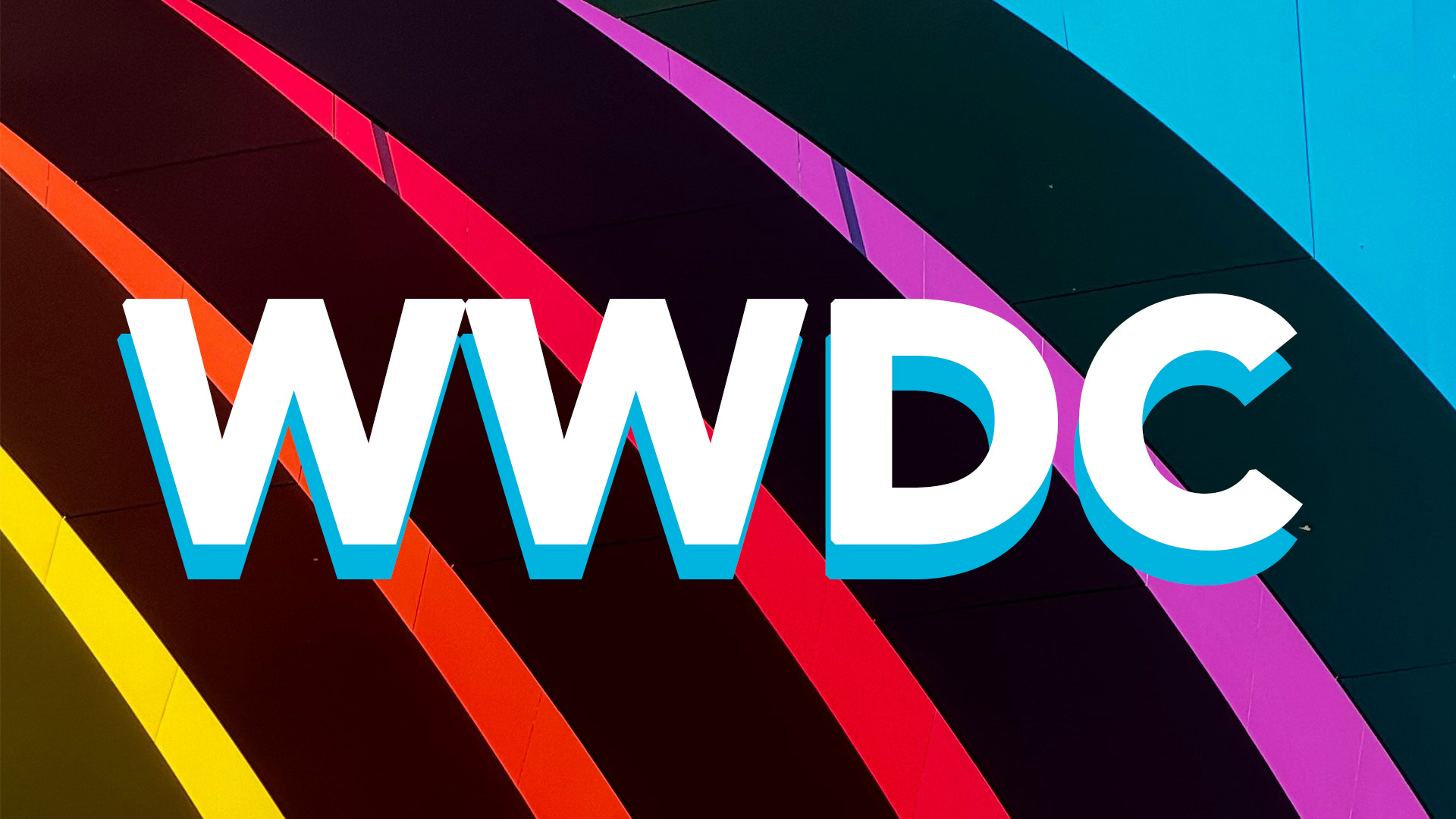Published by
The dust has settled on Apple’s Worldwide Developers Conference 2025, and as always, the tech world is abuzz with analysis, predictions, and a healthy dose of speculation. From the moment Tim Cook took the stage, it was clear that this year’s WWDC would be a pivotal one, pushing the boundaries of what we expect from Apple’s software and hardware. Industry pundits have been quick to highlight the overarching themes: a significant leap forward in on-device AI, a blurring of the lines between Apple’s various operating systems, and a continued commitment to developer empowerment. Our own team of developers here at Bottle Rocket has been poring over the announcements, and their insights echo these broader industry sentiments, offering a unique perspective on the practical implications of Apple’s latest innovations.
iPadOS: Bridging the Gap Between Tablet and Mac
One of the most talked-about developments, and a point of particular interest for one of our Lead Engineers, Eric Fowler, was the dramatic evolution of iPadOS. “I raised an eyebrow at the iPadOS update,” Eric notes, “bringing multiple windows you can move around and size and close. It’s getting far closer to a Mac.” This sentiment resonates deeply within the tech community, as the iPad has long straddled the line between a consumption device and a productivity powerhouse. The new windowing system, a significant departure from previous iterations, signals Apple’s clear intent to push the iPad further into the professional realm.
Eric’s observation naturally led him to a question many have been asking: “I started wondering if this is eventually going to merge into one product.” This isn’t a new question, but the increasingly sophisticated capabilities of iPadOS make it more pertinent than ever. As Eric points out, even Apple executives are addressing this head-on. He highlights an interview with Craig Federighi where the Senior Vice President of Software Engineering offered insightful analogies about the “sameness/difference” between the Mac and iPad, suggesting a symbiotic relationship rather than an outright merger. (For those curious, Eric points to a specific timestamp in the interview: https://youtu.be/Pt3qAWxIbrU?t=2326). This strategic differentiation, while enhancing the iPad’s capabilities, allows both platforms to maintain their unique strengths and cater to distinct user needs.
Echoing Eric’s enthusiasm for the iPadOS advancements, our Lead iOS Architect, Tyler Milner, emphasizes the practical benefits. “Yeah, the new windowing system on iPadOS looks like a great enhancement to productivity and usability of iPadOS,” Tyler states. This focus on productivity is a recurring theme across the industry, as users increasingly demand more from their mobile devices. The ability to seamlessly manage multiple applications and content on the iPad will undoubtedly streamline workflows for a wide range of users, from creatives to business professionals.
AI Takes Center Stage: On-Device Intelligence and Developer Tools
Beyond the iPad, the undeniable star of WWDC 2025 was Artificial Intelligence. Apple’s approach to AI, particularly its emphasis on on-device processing, has garnered significant attention. Tyler Milner is particularly excited about the implications for developers. “For developers, the Foundation Models framework looks very cool and easy to work with,” he explains. “Since it’s an on-device ML model, it will be very fast and easy (and free) for developers to implement generative AI into the custom data models in their apps.” This is a game-changer. By providing developers with accessible, on-device AI tools, Apple is democratizing the integration of sophisticated AI capabilities into a vast array of applications, promising a new era of intelligent and personalized user experiences. The “free” aspect is also a crucial differentiator, removing a significant barrier to entry for many developers.
The AI theme continued with significant updates to Xcode, Apple’s integrated development environment. Tyler highlights “The Swift Assist feature (AI assisted coding tool) in Xcode looks great (which has been vaporware since they showed it at last WWDC), and the ability to plug in your own API keys to use whatever AI model/service you want is awesome.” The long-awaited arrival of Swift Assist, now with the flexibility to integrate third-party AI models, is a testament to Apple’s commitment to providing developers with powerful, customizable tools.
Our Vice President of Technology, Luke Wallace, shares Tyler’s excitement about the new AI tools within Xcode. “I’ll echo Tyler in that I’m excited about the new AI tools within Xcode, as we’re starting to see some surprisingly good results from the code that these models are producing,” Luke observes. However, he also offers a crucial caveat: “It still requires a solid developer to evaluate the quality of the code produced, and tweak it where necessary, but in the right hands, it’s going to be a powerful tool.” This balanced perspective is vital. While AI can significantly accelerate the coding process, human oversight and expertise remain indispensable for ensuring code quality, security, and optimal performance. The AI is a co-pilot, not a replacement.
Widgets and Ecosystem Cohesion: A Seamless Apple Experience
Beyond AI, Luke Wallace also celebrated the continued evolution of widgets across Apple’s ecosystem. “I’ve been a big fan of widgets since the early days, and they continue to get more improvements,” Luke enthuses. He points to their enhanced configurability in watchOS 26, their introduction to visionOS 26, and their improved functionality in CarPlay. The seamless integration of Live Activities from a paired iPhone onto macOS Tahoe further exemplifies Apple’s commitment to a cohesive and interconnected user experience. Luke even adds a touch of personal flair, noting that “the fact that an ex-Rocketeer was selected to give the presentation on them makes it even better!” (He provides the link for those interested: https://developer.apple.com/videos/play/wwdc2025/278/). This attention to detail and the continued refinement of core features demonstrate Apple’s dedication to user convenience and accessibility across all its platforms.
The Future is Now
WWDC 2025 was a landmark event, signaling a clear direction for Apple’s future. The industry’s focus on on-device AI, the increasing convergence of Apple’s operating systems, and the continued empowerment of developers were all strongly reinforced by the announcements. Our developers at Bottle Rocket have highlighted the practical implications of these advancements, from the transformative windowing system on iPadOS to the powerful new AI tools in Xcode. While the future promises more intelligent and interconnected experiences, the human element – the skilled developer – remains at the heart of innovation. As we look ahead, it’s clear that Apple is not just building products; it’s building an ecosystem where intelligence, productivity, and seamless integration are paramount.
Share:
Categories
tags
Related Posts


AI: The New Pressure Point for Businesses


